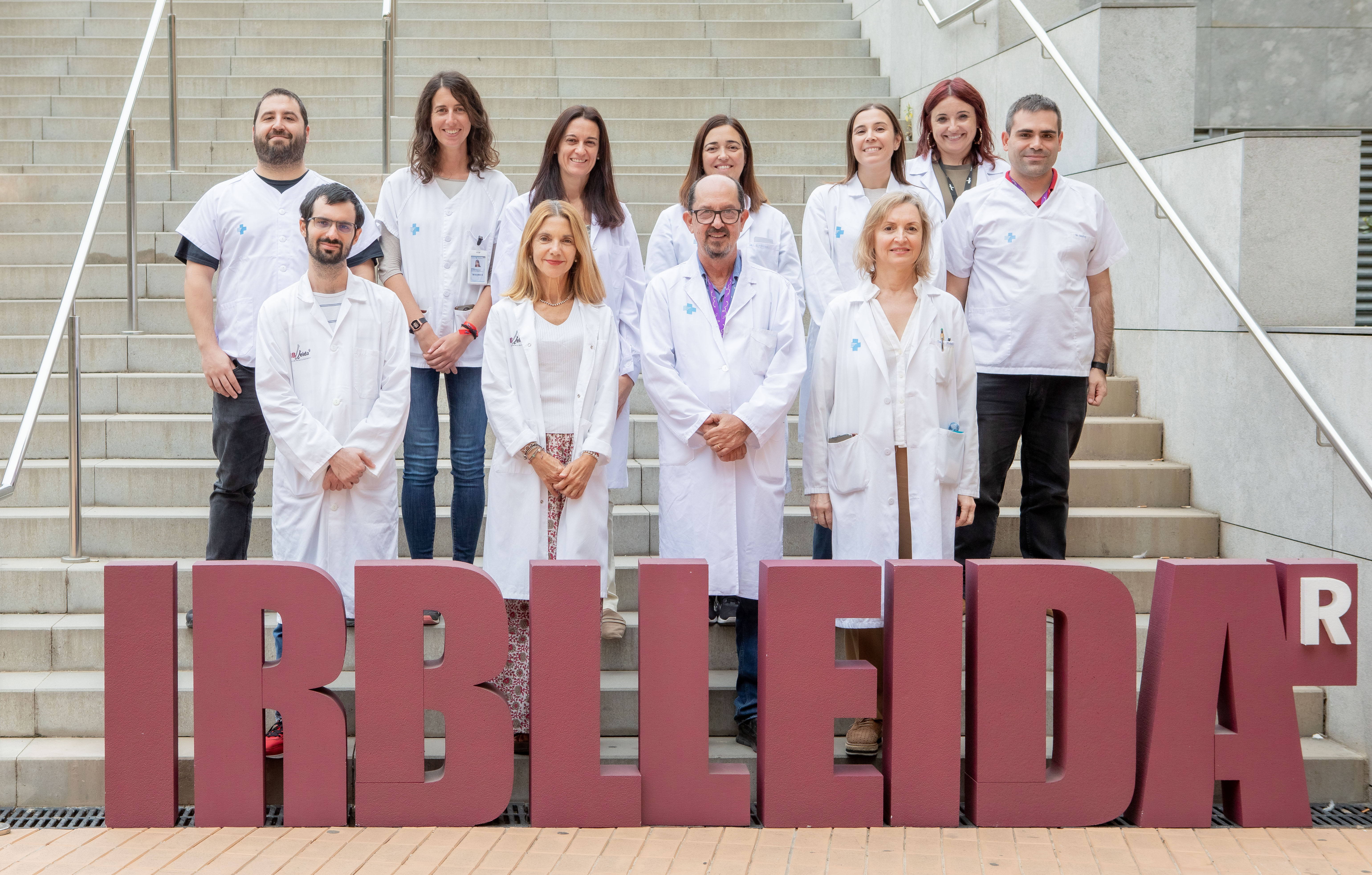Pharmacology & Molecular Microbiology

- New delivery systems of iron through in-house patented ferritin-expressing yeast, basic and clinical applications. Using yeast humanization strategies, we aim to conduct a comparative study to explore new functions in iron-related proteins that are conserved from microorganisms to humans. This study presents a great opportunity to explore clinical and preclinical trials for effectively treating ferropenic anemia. Doing so could help mitigate the side effects associated with current treatment options. The proposed trials rely on creating genetically modified budding yeast strains that can accumulate high levels of iron in an organic state safely.
- Autophagy. Autophagy is a cellular process that involves the breakdown and recycling of cellular components through the vacuole/lysosome, providing energy and metabolites. Our team of basic researchers is actively studying various aspects of autophagy and related processes.
- The vacuolar protein Atg42, similar to CTSA in humans, plays a crucial role in autophagy and lysosomal proteolysis. Mutations in the CTSA gene cause galactosialidosis, a rare disease. Understanding vacuolar/lysosomal events is essential for addressing diseases related to proteolysis and efflux. Our study using budding yeast will explore the function of Atg42, which is connected to iron and sphingolipids metabolism.
- Human adenocarcinoma cells become susceptible to TNF-induced cell death when autophagy is inhibited. This model simulates the conditions observed in inflammatory bowel diseases. Using these cells and others, we employed a repurposing strategy to identify FDA-approved drugs as alternatives to the current anti-TNF biologic treatments. These candidates protect colonic cells from TNF-driven cell death. We are currently exploring the possibility that these candidates are indeed reactivating autophagy.
- Translational Research on antimicrobials, more specifically antifungals. The high rates of morbidity and mortality caused by fungal infections are associated with the current limited antifungal arsenal and the high toxicity of the compounds. The model system Saccharomyces cerevisiae represents an excellent tool to screen a commercially available library of compounds with putative antifungal activity. After identifying the signaling pathways and targets affected by the antifungal candidates, we will test the selected compounds in human cells and discard those with higher human potential toxicity. Finally, if needed, we will follow an lead compound optimization to meet the criteria of clinical drug candidate.
- Analysis of drug utilization patterns in real clinical practice, also known as Drug Utilization Research (DUR), as a starting point to achieve their rational application. DUR is an eclectic collection of descriptive and analytical methods for quantifying, understanding, and evaluating the prescribing, dispensing, and consumption of medicines and testing interventions to enhance the quality of these processes. DUR is mainly performed through patient registry studies. If well-designed and well-executed, registries can support decision-making at different levels. Regulatory authorities and local reimbursement agencies can use real-world data in market access and reimbursement decisions. Furthermore, sharing real-world outcomes can improve decision-making at the patient level and, ultimately, can improve patient health. We have recently set the basis for collaboration with an UdL data scientist to boost several DUR projects. We aim to design and validate a systematic procedure for extracting registered data from the three large hospital medication databases (SILICON-BO, FARMIS, and RPT-SAP). This could provide a valuable framework for Health Technology Agencies (HTA) and other stakeholders to implement Real World Data (RWD) studies and generate Real World Evidence in pharmacotherapy. DUR also involves implementing pragmatic clinical trials that compare two or more therapeutic options accepted in clinical practice. We have presented a proposal on this topic to the current FIS call from the Spanish Ministry of Health.
- Research in ocular pathology. The group aims to evaluate different techniques/treatments in ocular surgery. Two doctoral theses are developing in this field, which use clinical trials to tackle relevant questions regarding ocular pharmacological treatments.
- Pharmaceutical care in the Intensive Care Unit (ICU) and oncology. The mortality rate in the ICU is higher than in other hospital wards. High intensity of cure, polypharmacy, and critical patient conditions need pharmaceutical competencies added to the classic decision-making systems (clinical-managerial). Our group aims to design and validate a systematic procedure for prioritizing pharmaceutical care in ICU patients. A doctoral thesis is actually ongoing to evaluate this. A high rate of innovation in oncology treatments deserves research opportunities to evaluate the healthcare impact of these innovative treatments.






